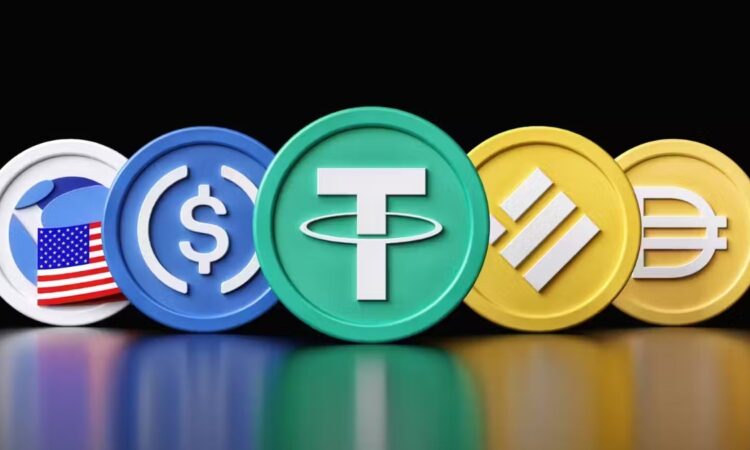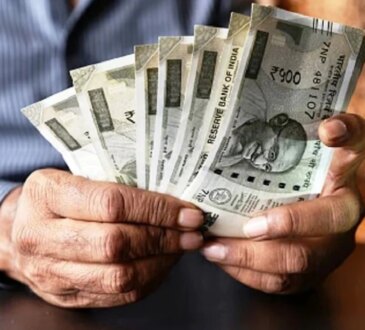‘US exporting inflation to India?’ Financial expert breaks down why INR is losing value faster than USD

In a thought-provoking post on X (formerly Twitter), Akshat Shrivastava, Founder of Wisdom Hatch, highlighted how aggressive US dollar printing is reshaping global financial dynamics, with emerging economies like India bearing the brunt of the fallout.
“60% of all USD in the world has come in the last 5 years. Despite crazy money printing by the US, it is not the US$ that has fallen, it is the INR. In the last 5 years, INR has dropped by more than 20%,” Shrivastava noted.
At first glance, the phenomenon appears counterintuitive. With trillions of dollars printed, one might expect the dollar to lose value against weaker currencies. But Shrivastava explained that the US cleverly exports inflation worldwide, disproportionately hurting weaker fiat currencies such as the Indian rupee.
“When more USD gets printed, fiat currencies as an asset class lose value. The weak ones lose value faster. So INR keeps losing value faster than USD,” he wrote.
The Stablecoin Shift
Looking ahead, Shrivastava warned of a new chapter in global finance — the rise of US-backed Stablecoins. He suggested that the US could peg the dollar to a blockchain-based stablecoin, amplifying the speed at which inflation is exported to countries like India.
Currently, about 70% of USD is held domestically in the US and 30% abroad. Shrivastava argued that with stablecoins, this balance could shift rapidly, leading to steeper inflation cycles in India and other emerging markets.
His advice to investors: “Own either inflation protection stocks or limited supply assets.”
Netizens react
The post triggered a wave of online discussion. One user praised the sharp analysis, writing, “Dollar strength is less about printing and more about trust and demand. As long as the world settles trade and debt in USD, weaker currencies will bear the brunt. Stablecoins could turbocharge this effect by making USD even more liquid and borderless. The real hedge for us is owning productive assets that can’t be inflated away.”
Another warned of a looming global reset, “As long as international trade and settlement happens in USD, it can continue printing USD without any worry whatsoever. But the great reset is coming faster than expected. The USD will eventually free fall, that’s when all fiat across the globe will become junk along with USD.”
Shrivastava’s take underscores a deepening debate in financial circles: is the dollar’s dominance unshakable, or is the world inching closer to a disruptive monetary reset?




